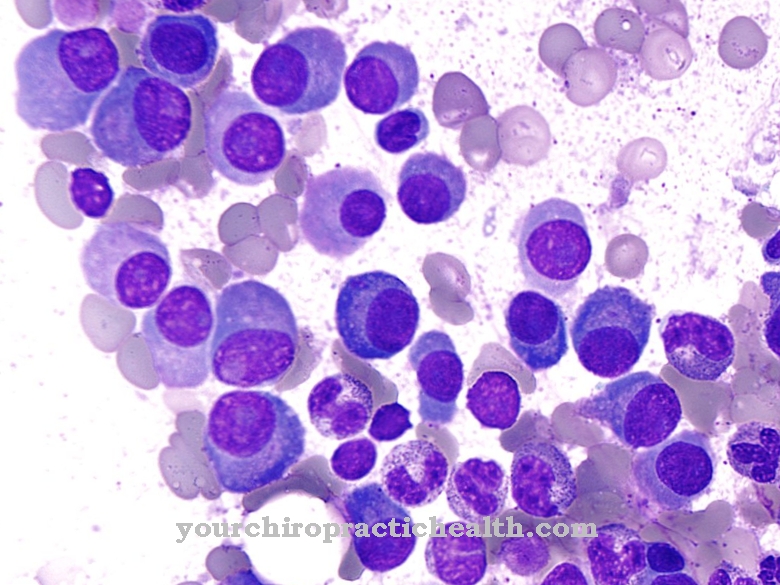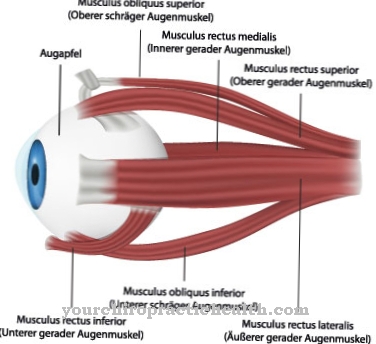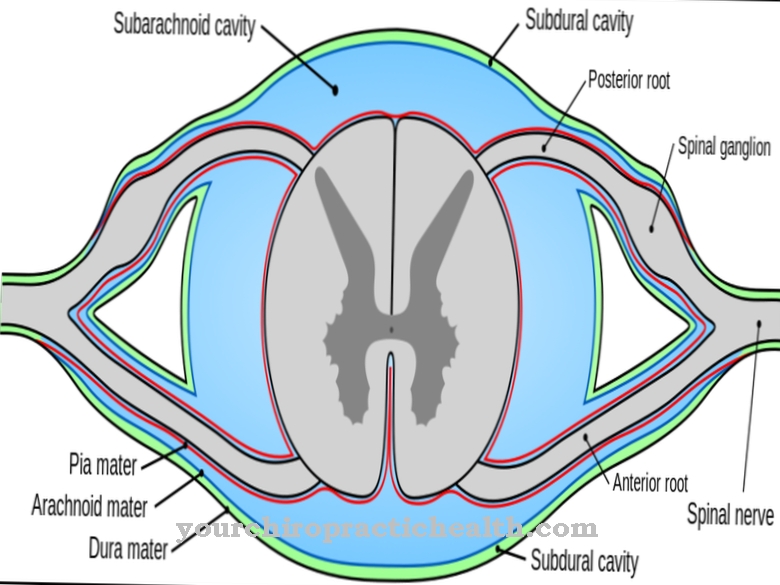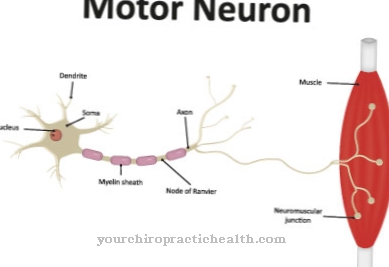The electrocardiogram, short EKG, is a medical device used to measure and record the various electrical activities of the heart muscle.
What is an electrocardiogram (EKG)?

The EKG is mostly used in the context of cardiological diagnostics as well as in emergency medicine and in intensive care medicine.
The contractions of the heart muscle are preceded by weak electrical impulses. These are generated by the sinus node and passed on to the AV node via the various cells. There is ongoing electrical activity in the heart.
With the EKG, these changes in electrical voltage can be recorded at a precisely defined speed. For the measurement, electrodes are placed on different parts of the body. With the help of the EKG device, the weak impulses of the heart are amplified so that they can be recorded.
Since the images are curved, they are also called the heart current curve. The exact recording of the sum of all cardiac activities allows a very high and precise informational value.
Function, effect & goals
The EKG is mainly used in the cardiological field. It is an essential part of cardiological diagnostics, but also in intensive care monitoring of critical patients. For example, patients are monitored using an EKG during operations.
In emergency medicine, the EKG is one of the most important aids, especially for seriously injured patients and patients with acute heart problems. Resuscitations are also performed here using an EKG. With an EKG, in addition to heart rate and heart rhythm, the type of position of the heart can also be determined.
The basic principle of an EKG is always the same. However, there are several methods and types of recording. The choice of the appropriate method depends on the goal of the investigation. An EKG can be done at rest, under stress or long-term. In addition to these mostly outpatient examinations, there is what is known as monitoring, i.e. the constant monitoring of critical patients or in the form of telemetry. Here the data is sent wirelessly to a receiver.
In addition, an EKG can be performed in various forms of measurement, the leads. Depending on the number of leads, a different number of electrodes are attached. At least three electrodes are required, however; a standard EKG usually comprises twelve (12-lead EKG).
The more leads are recorded, the more meaningful the EKG is, as the leads are measured in different directions. This creates a comprehensive picture, which forms the basis for further diagnostic or therapeutic measures.
However, the EKG is not only used for diagnostic purposes. Rather, it is an indispensable method of detecting acute hazards such as a heart attack. The location of the infarction can also be determined through the various measurement options, since there is no longer any electrical activity in the area of the infarction. This is important for operations or minimally invasive procedures such as cardiac catheters.
Heart muscle or pericardial diseases can be detected with the help of an EKG, as can an overdose of some medication or a mineral deficiency or excess, as they affect the conduction of stimuli. An EKG can also provide information about the additional stress on one side of the heart.
Risks & dangers
The hardest thing about one EKG is the evaluation. This should always be done by a specialist. Modern devices are already showing the first diagnostic options, but they do not replace the analytical and experienced eye of a specialist. Since the devices are subject to strict quality controls, errors or failures rarely occur.
In the worst case, a patient can land on the operating table for no reason. Of course, this happens very seldom, but the risk is not only due to device errors, but especially to interpretation errors. These represent the greatest risk.
Another risk is with the exercise ECG. In the worst case, if the blood vessels are severely constricted, the stress can lead to an acute infarction. However, since this test is always carried out under the supervision of qualified personnel, appropriate emergency measures are initiated immediately in the event of such complications.
The resting ECG, however, is harmless. Despite the possible risks, the EKG is one of the most reliable methods for the early detection of heart disease. In this way, serious consequences such as a heart attack can often be avoided.








.jpg)











.jpg)







